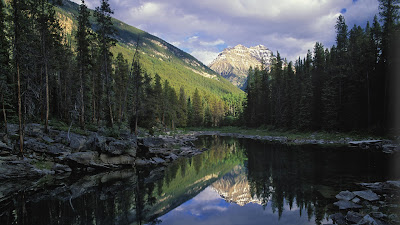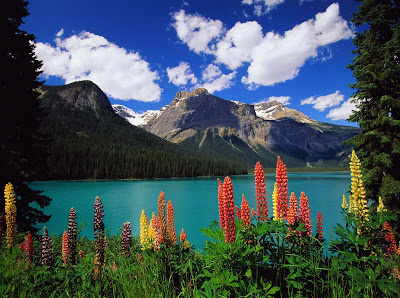 |
| Vanuatu Hôtrl Iririki by pasojo |
Vanuatu was first inhabited by Melanesian people. The first Europeans to visit the islands were the members of a Spanish expedition led by Portuguese navigator Fernandes de Queirós, who arrived in Espiritu Santo in 1605; he claimed the archipelago for Spain and named Espiritu Santo.
Port Vila is the capital of Vanuatu, located in the South Pacific Ocean, west of Fiji and is 670 miles. Vanuatu authenticity of the natural beauty of the amazing presents.Mt.Yasur a mountain that is still active, the presence of Mt Yasur on Tanna Island adds to the beauty.
 |
| Vanuatu Tafea Province Manuapen Cook's Hat by steveaxford |
















































